
Table of Contents
Treatment for a transient ischemic attack is either by medications or surgery aimed at preventing full-fledged strokes. This is because up to 15% of stroke cases are usually preceded by TIAs.1 American Academy of Neurology. (scholarly source) visit source
Based on this, transient ischemic attacks are believed to be the warning signs of impending strokes that could happen within days or weeks of a TIA so it should be taken seriously.
TIAs are similar to a stroke but it is termed transient because the symptoms of the attack last for a short period. It often clears in not more than 24 hours leaving no permanent brain damage that can be easily detected in examinations.
Following a proper diagnosis of the cause of a transient ischemic attack, the treatment will either involve preventive medications to reduce the clotting ability of your blood or surgery that will maintain the patency of blood supply lines to the brain.
The transient ischemic attack causes or risk factors.
The build-up of plaques in the arteries is the underlying cause of TIA. These plaques are fatty deposits containing cholesterol which makes the latter a well-established risk factor. The Plaque build-up reduces the patency of blood vessels or the formation of blood clots anywhere they accumulate and in the case of a TIA, the build-up in the blood vessels leads to the brain.
Several risk factors leave you predisposed to transient ischemic attacks some of which are:
1. Obesity: There is no positive side to obesity. It is a predisposing factor to various diseases including higher accumulation of LDL and eventually a TIA.
2. High levels of cholesterol: As already described earlier, high levels of cholesterol are a bedrock for narrowing arterial vessels that result in TIA.
3. Sickle cell disease: Sickle cells are sticky and tend to occlude blood vessels. When this happens to the vessels that supply blood to the brain it could result in a TIA.
4. Diabetes: The disease accelerates the development of atherosclerosis which eventually results in transient ischemic attacks.
5. Sex: Males are generally thought to be at higher risk of having TIAs than women.
6. Smoking: This raises the tendency for blood clots and atherosclerosis which gives rise to TIAs.
7. High homocysteine levels: Folic acids and vitamins B6 and 12 break down homocysteine to other useful substances, however, if for any reason the levels of this amino acid rise in the blood it results in the thickening and scarring of arterial walls. This increases the risk of blood clots that give rise to TIAs.
8. Inactivity: Physical inactivity is known to be among the factors that result in the accumulation of low-density lipoproteins or bad cholesterols. This facilitates the clogging of blood vessels.
9. Alcohol intake: Generally, alcohol increases the risk of stroke and a TIA especially when not consumed in moderation.
10. Familial disposition: People with a family history of TIAs and, or stroke are at increased risk of having a TIA than those without.
11. Disease of the carotid artery: This describes a situation where any or both of the carotid arteries that supply blood to the brain get clogged up in any of the processes listed earlier.
12. Personal history: A previous incidence of TIA places you at a higher risk of having more.
13. Cardiovascular diseases: Heart defects or failures among other problems can result in TIAs.
14. Age: A normal aging process comes with an increased risk of coming down with several health challenges among which are TIAs.
15. Sars-CoV-2: It is believed this virus increases the risk of a TIA and even stroke in people.

Image credit: Elsaolofsson under CC
Post-TIA symptoms.
Treatment for transient ischemic attack
It is thought that the symptoms of TIA disappear in not less than 24 hours otherwise it’s called a mini-stroke. However, research conducted by the UK stroke association2 Stroke Association (trusted source) visit source has revealed that even without obvious physical symptoms, TIAs, leave other lasting symptoms like:
- Memory loss,
- Speech problems,
- Cognitive challenges,
- Poorer mobility,
- Emotional problems.
About 70% of those interviewed reported suffering these effects. Other lasting symptoms that have been reported by those who have had a TIA include visual challenges, confusion, numbness, and weakness of one or both limbs on the affected side.
First-line treatment for transient ischemic attacks.
Determining the cause of a TIA is key to an effective treatment. As a first-line intervention, anti-platelets are preferable to the use of anticoagulants. Drugs used for this purpose include:
- Aspirin,
- Clopidogrel,
- Dipyridamole.
Aspirin could be used or in combination with other anti-platelets listed above.
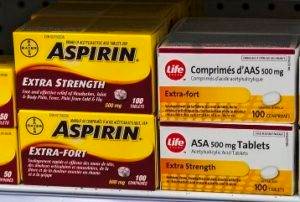
Treatment guidelines for TIA.
As we already know, the treatment for TIA is focused on stroke or hemiplegia prevention and lowering the risk of recurrence. There are two major approaches to this. The first is the use of medications and then there is a revascularization surgical intervention when needed.
Medications.
Three measures could reduce the risk of recurrence by as much as 80% when administered in combination.
Reduction in clotting ability.
This will involve the use of anti-platelet drugs like aspirin, clopidogrel, or dipyridamole, as a first-line measure, to reduce the stickiness of the blood platelets. A higher dose called loading dose is first administered followed by smaller doses to be taken regularly. Clopidogrel is becoming a drug of choice for this measure though aspirin remains the safest with fewer side effects and the cheapest.
A combination of aspirin and clopidogrel has been found to decrease the incidence of stroke better than administering only aspirin.
Stability of plaques.
Statins don’t just lower cholesterol levels in your blood by blocking the cholesterol-producing enzyme in the liver but they also stabilize the unstable plaques in the blood vessels. Therefore they are prescribed for this effect.
Generally, statins reduce your risk of cerebrovascular accident so can be prescribed irrespective of your level of cholesterol. Share on XLowered Blood pressure.
The blood pressure may have to be lowered to a point that is physiologically suitable for you as an individual.
Revascularization Surgery.
This is a preventive procedure done under certain conditions. For example when most of the blood vessel under consideration is clogged up in a patient who had had symptoms of TIA within the last 6 months. It could either be an endarterectomy or an angioplasty.
- Endarterectomy: It is a neurosurgical process aimed at removing the plaques clogging an artery via an open incision.
- Angioplasty: Here, a balloon-like object is used to open up the clogged artery after that a stent is inserted (a small tube) to maintain the patency.
Prevention of transient ischemic attack.
There is an old saying that prevention is always better than a cure. This applies to a great extent to TIAs even though their symptoms are believed to clear in less than 24 hours. In this article, we’ve shown that these symptoms may linger for a long time in some people contrary to popular opinion.
Additionally, studies have shown TIA may hurt one’s life expectancy.3 Ahajournals (scholarly source) visit source Knowing this should make it expedient for you to do whatever you can towards its prevention. I’ll discuss this on two points the first being for those who have not had one before and then preventing recurrent TIAs for those who have.
Stay in touch by signing up for our newsletter:
Prevention of 1st time TIA.
Certain diseases, diets, and lifestyles increase your risk of TIAs such as.
- Diabetes,
- Smoking,
- Obesity,
- Alcohol consumption,
- High fat and cholesterol foods.
All of these significantly increase your risk of TIAs and stroke as they increase the risk of clogged-up blood vessels by plaque. So prevention demands you do something about each of them.4 Guidelines for the preventive treatment of ischemic stroke and TIA. (scholarly source) visit source Quit smoking, reduce alcohol consumption, manage your diabetes well, and eat high-fat and cholesterol foods in moderation.
Eating healthy foods and engaging in regular workouts like Burpee exercises are preventive measures as they help lower your risk of transient ischemic attacks.
Prevention of recurrent TIA.
If you have had a TIA, your risk of subsequent ones and even stroke is higher. Many people who had TIA go on to have a stroke within a year. Preventing this will depend on the known cause of your TIA.
Anti-platelets are the drugs of choice but if the cause of the TIA is a clot from the heart anticoagulants may be given. Other measures like revascularization surgeries may be necessary as mentioned in this article.

























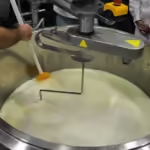


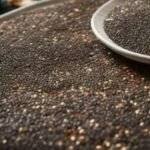










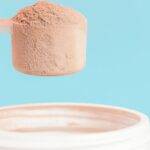


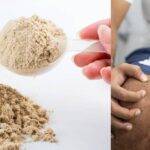







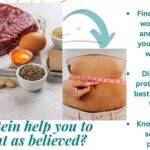

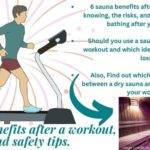


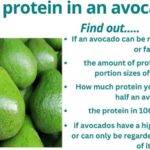








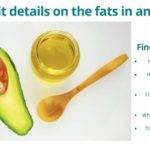

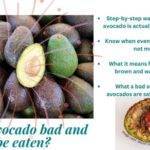




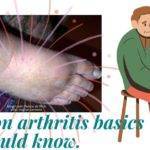

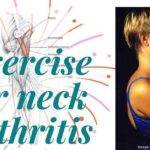

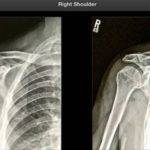
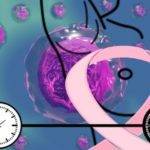
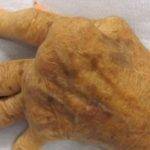

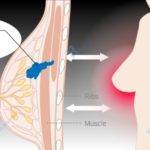
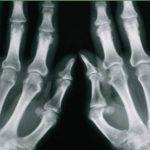
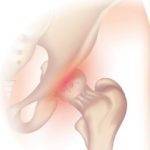
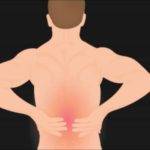
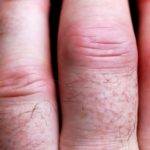




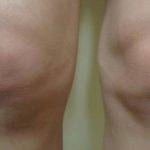

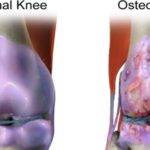
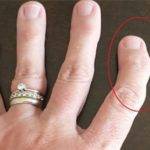
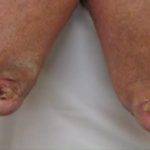
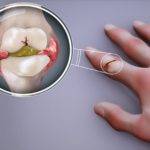












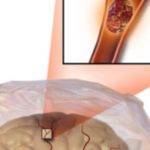
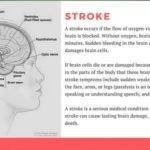
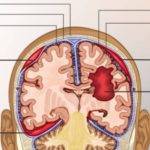
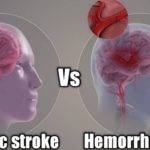
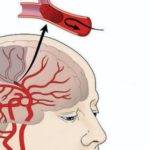












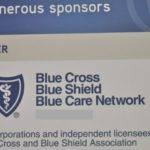

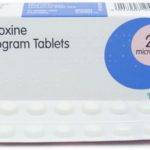


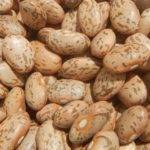

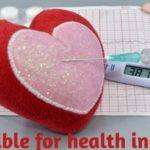

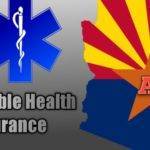

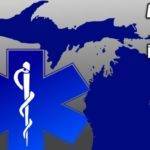



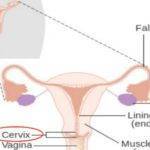
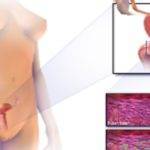

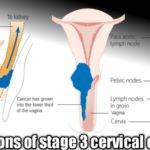
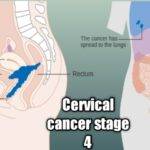
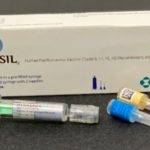
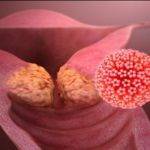

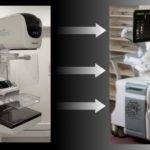
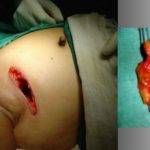

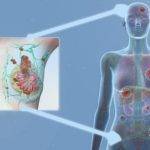

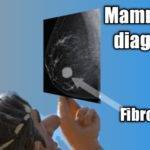

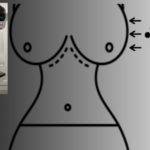
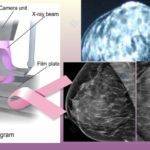
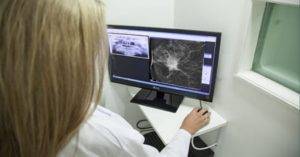
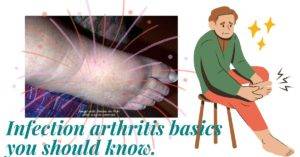
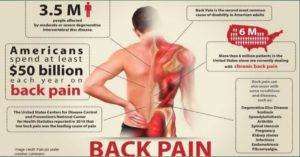

Write more, that’s all I have to say. You clearly know what you are talking about. This is enlightening.
I have always been interested in this subject and still am, appreciate you for putting up.